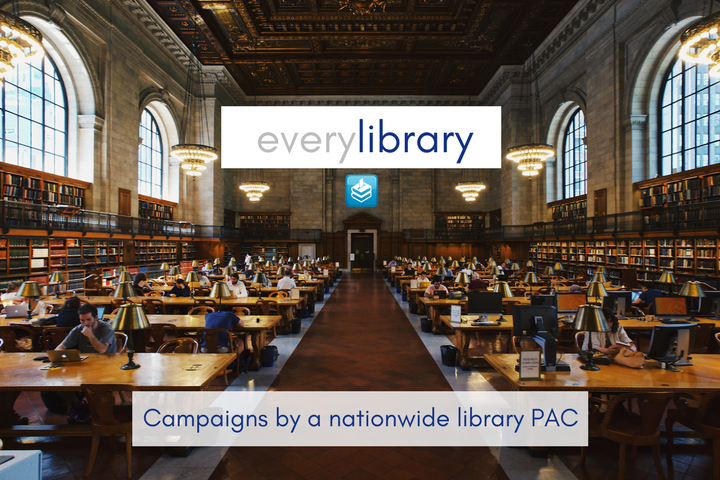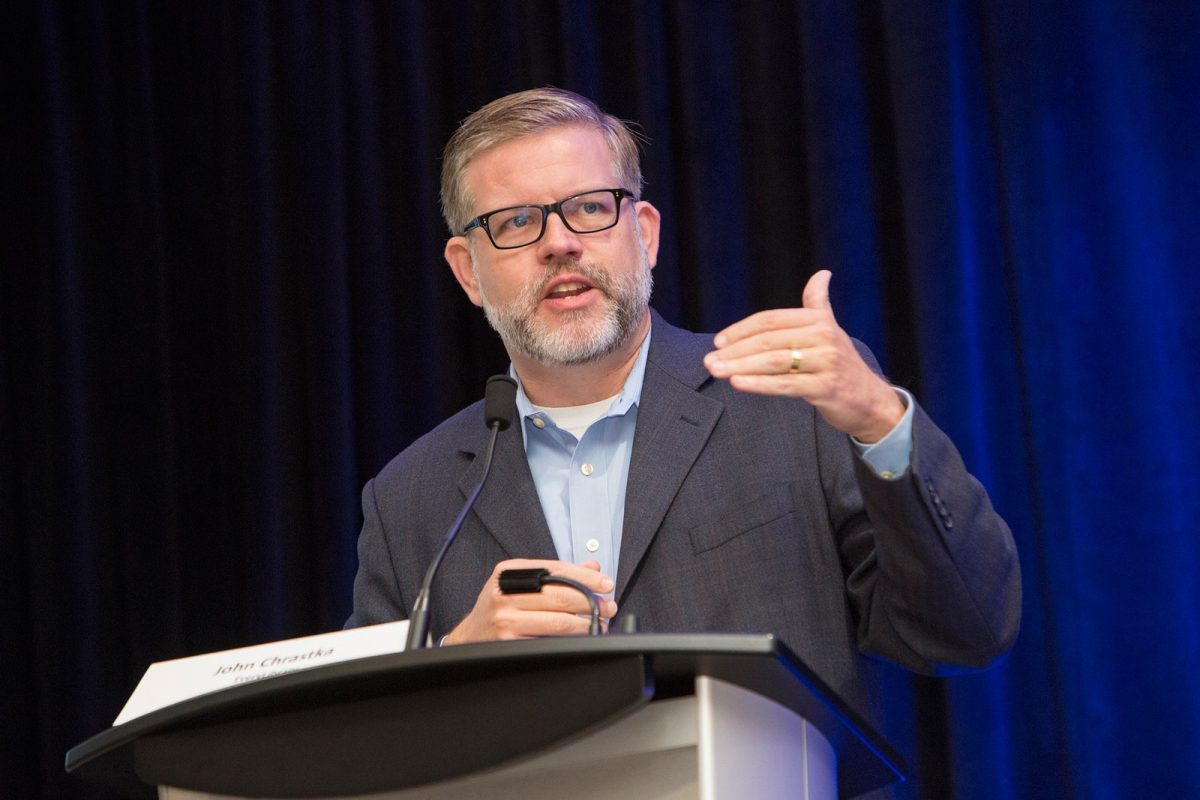We recently talked with John Chrastka, the Founder and Executive Director of EveryLibrary and also a CallHub user. John discusses how EveryLibrary works together with the candidate on the ballot and uses public sentiment toward libraries to scale up their campaign.
Since they’ve begun, EveryLibrary has helped impact almost a quarter of a million dollars in stable tax funding for library campaigns.
The interview takes you through what smaller issue-based campaigns should do to raise awareness. From EveryLibrary’s campaign process, we learn how local campaigns can work with a national organization on a common ballot initiative.


About EveryLibrary
EveryLibrary is a nonprofit social welfare organization which focuses on local library ballot initiatives. They help public, school, and college libraries win stable funding and have worked in small towns and major cities across the country.
A bit about EveryLibrary campaigns
As a 501(c)(4), all of EveryLibrary’s work is aimed at ballot measures. They focus on the issues that are tied to libraries, which might be a referendum, a bond or a state-based millage. They find issue campaigns around libraries where their involvement would make a difference.
At present, EveryLibrary works in about ten percent of the campaigns around the country where library initiatives are on the ballot. The process of getting involved with a local campaign starts with an evaluation. They sit down with the local library community and learn the full scope of their initiative. The aim is to understand whether their presence would help the library community in a tactical way.
If the library policy has been out of the ballot for a long time, EveryLibrary steps in to help bring it along. Or it may have been on the ballot in the past and being hindered by the opposition or organizational challenges. In that case, EveryLibrary tries to fill the gaps they gauge.
Choosing the right campaign
According to John, there are two kinds of gaps in campaigns they reach out to. One is a knowledge gap where the local campaign is inexperienced on unifying technology and ground operations. Maybe they are not prepared for GOTV actions or are not making proper use of the media. The other gap is based on how comfortable they are with asking for donations within their community.
“Library communities tend not to ask for money except when they really need it. And that is a donor appeal.” John says “We want to be able to provide them some confidence that the approaches they’re taking are smart, it’s effective and it is not going to upset the community to have this conversation. It will be a good conversation about who do we want to be as a town, who do we want to be as a group of neighbors and how having the library in the middle of that is actually additive to the future of the community.”
This decision on whether to step in and arm a local campaign comes at different times for each campaign. It is good to start 24 to 36 months in advance of Election Day. However, there have been campaigns where EveryLibrary had to get involved in the final hundred hours.
Starting a campaign
The kick off for most campaigns is building the voter list. Their aim is to identify and build a list of voters that support their local library. For Voter ID campaigns, EveryLibrary uses a mix of phonebanking, events and in-person approaches to start the conversation with voters in the community. They start off with the Voter File from the County Clerk’s office or another source in the community. From there on, the goal is to get the voter captured in the campaign database either through direct contact or through email. Using an extensive deck of keywords that they have built over the years, they identify folk on social media and engage them directly.
These keywords help single out the voters who are likely to support a local library initiative. EveryLibrary lends their keyword deck to their campaign partner at the local level and provides them the market intelligence and guidance necessary to activate the voters.
“Even in a town as big as New Orleans”, John says “you can identify folks very easily on Facebook and on Twitter through paid social advertising in those keywords that we’ve developed.”
Engaging the targeted voters
The engagement method depends on the community. From yard signs, door-knocking, events and telephone calls to a hybrid approach where social media advertising is followed up with direct contact, EveryLibrary has done it all. John calls it both a classical as well as a community-specific approach.
Using paid social media advertising, the campaign engages with voters on Facebook and Twitter. Depending on the period in the campaign, the voters are guided towards a specific action; For the pre-campaign period, they guide voters to the library’s information website. During campaigns, they drive voters to the vote site.
How to find the right volunteers
For campaign tasks, EveryLibrary prefers to enroll a cohort of local volunteers who understand the community and can speak their idioms and their accents. They are trained on scripts which capture the messaging environment of the situation. Usually, volunteers with prior campaign experience are selected to manage new recruits.
How CallHub helps the campaign
These volunteers who fit in with the community and are eager to participate are, at times, not comfortable with the technology platform making it all possible. This is where CallHub comes in. With its seamless integration with Nationbuilder, CallHub lets the volunteers focus on the conversation with the voter. John tells us how CallHub works perfectly for volunteer groups of 20 to 30 folks in small towns and also for large groups in city campaigns.
“We’ve really found that CallHub has that capability that lets our campaigns integrate the data side and to bring it the easy-to-use, intuitive-to-manage technologies to these volunteers with a small amount of training.”
The future for EveryLibrary
Asked about the changes in campaigning strategy as the next generation of voters age, John said that demographic differences don’t affect behavior at the polls. “What drives behavior at the polls”, John states “is the voters’ perceptions and attitudes about the library and librarians. Which means that we’ve got to talk to folks who are not users of 21st-century libraries but are interested. There are plenty of people out there who believe that we should have a library, a school and a park at the heart of our community but they themselves don’t use it. So talking to non-users through our voters is absolutely essential.”
Going in, that is the focus for an EveryLibrary campaign. They aim to change voters’ minds about libraries, that it is about much more than education, it is about preserving the fabric of their society and that reinvesting their money in support of local libraries and librarians is one way of upholding their community. This is how EveryLibrary shifts the public perception of ballot measures toward libraries.



